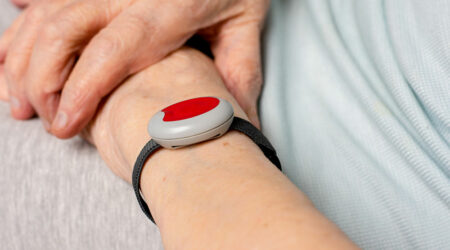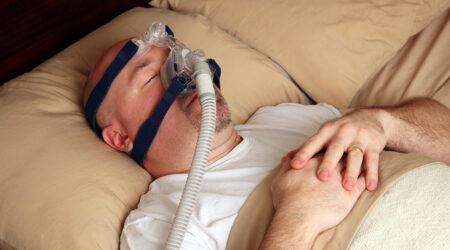
6 signs of Dupuytren’s contracture
The connective tissue in the palm, generally flexible and loose, may begin to abnormally thicken or tighten. This is known as Dupuytren’s contracture. Here, the fingers can begin bending toward the palm and are unable to straighten completely. The condition most commonly affects fingers away from the thumb—the ring and pinky finger and can affect one or both hands. Here are a few signs of the condition one should not ignore: 1. Nodules in the palm The presence of lumps or nodules in the palm could be a warning sign of Dupuytren’s contracture. These nodules are generally observed at the base of the fingers, right where they meet the palm. One may be able to feel or even see a hard lump as an early sign. The appearance of nodules indicates that the condition is starting to spread through the connective tissue or the palmar fascia of the palm. The lumps could be painful or painless and may go away without any treatment. The lumps can also make the surrounding skin appear dimpled or puckered, leading to pits or grooves in the skin that are compressed by the contracted finger. These areas can become sore and lead to skin loss if they do not heal in time.
Read More 













